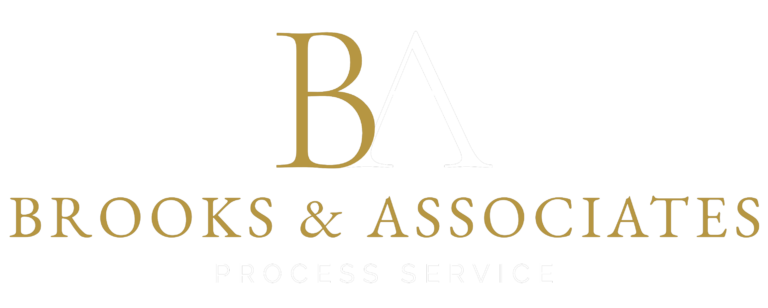Title: Subpoena Preparation 101: What You Need to Know
Introduction:
In the world of legal proceedings, subpoenas play a crucial role in gathering evidence and compelling witnesses to testify. While the process of issuing a subpoena may seem straightforward, proper preparation is key to ensuring its effectiveness and compliance with legal requirements. In this blog post, we will delve into the essentials of subpoena preparation to help you navigate this aspect of the legal process with confidence.
Understanding the Basics of Subpoenas:
A subpoena is a legal document that compels an individual to testify in court or produce documents or evidence relevant to a case. There are different types of subpoenas, including subpoenas for testimony (subpoena ad testificandum) and subpoenas for documents or evidence (subpoena duces tecum). It is important to understand the specific requirements of each type of subpoena before proceeding with its issuance.
Key Steps in Subpoena Preparation:
1. Identify the Witness or Evidence: The first step in preparing a subpoena is to identify the individual or entity that you need to subpoena. This could be a witness with relevant information or documents that are critical to your case.
2. Draft the Subpoena: The subpoena should clearly state the name of the court, the case number, and the details of the witness or evidence being subpoenaed. It should also include instructions on how the witness should respond and the date, time, and location of the required appearance or production of documents.
3. Serve the Subpoena: Once the subpoena is drafted, it must be properly served on the witness or entity in accordance with the legal requirements of the jurisdiction. This may involve personal service, certified mail, or other methods specified by law.
4. Ensure Compliance: It is important to follow up with the witness or entity to confirm receipt of the subpoena and ensure compliance with its terms. Failure to comply with a subpoena can result in legal consequences, so it is essential to stay on top of the process.
5. Maintain Documentation: Keep detailed records of all communications and actions related to the subpoena preparation process. This includes copies of the subpoena, proof of service, and any responses or compliance from the witness or entity.
Conclusion:
Subpoena preparation is a critical aspect of legal proceedings that requires attention to detail and adherence to legal requirements. By understanding the basics of subpoenas and following the key steps outlined in this blog post, you can navigate the process with confidence and ensure that your subpoenas are effective in gathering the evidence you need for your case. Remember to seek guidance from legal professionals if you have any questions or concerns about subpoena preparation to ensure compliance with the law.


